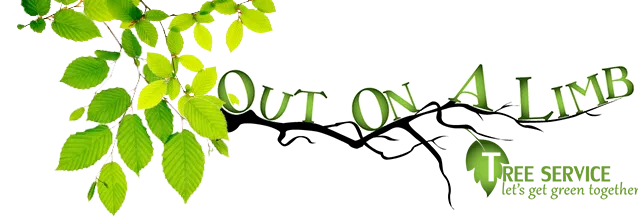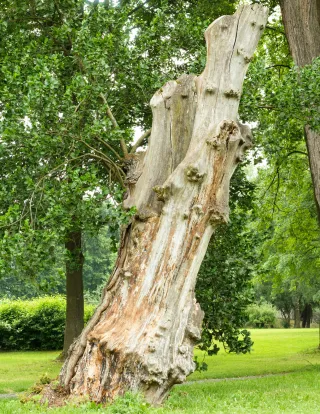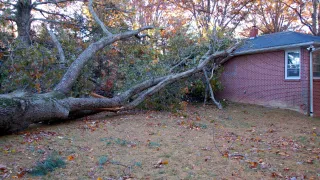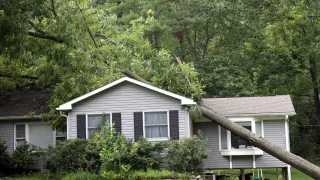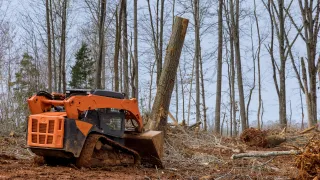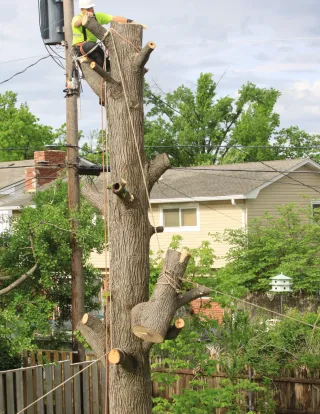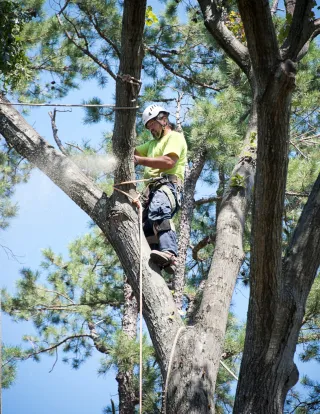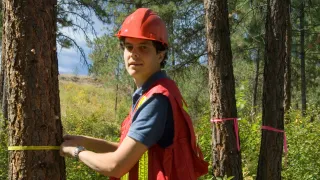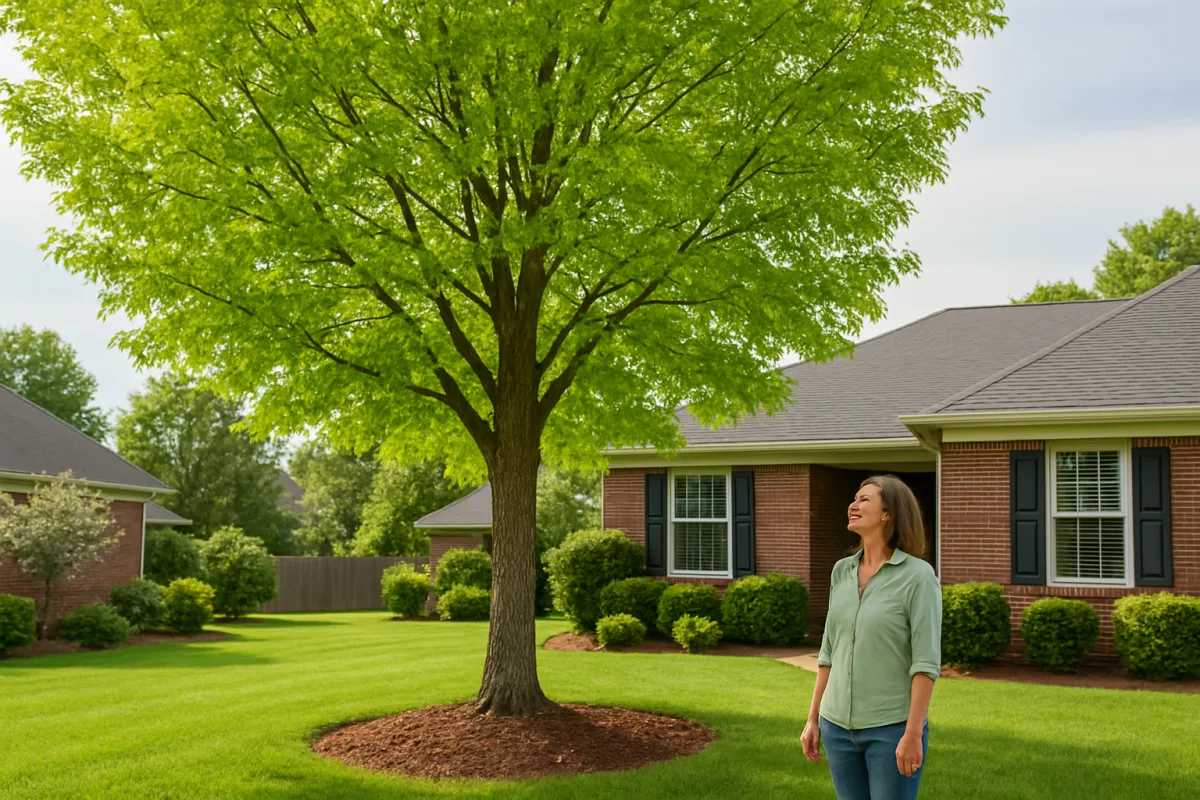
Understanding Tree Growth Cycles to Keep Your Yard Healthy Year-Round
Trees aren’t static parts of the landscape — they’re constantly changing with the seasons, even when it’s not always visible from the outside.
Understanding your trees' natural growth cycles can help you make better decisions about when to prune, plant, fertilize, or inspect for stress. And in a place like Chattanooga — where spring hits early, summers are long and humid, and winters are fairly mild — timing matters more than you might think.
In this post, we’ll walk you through the four major growth phases most trees experience and explain how that rhythm can guide what you do (and don’t do) in your yard.
1. Spring: Rapid Growth Above and Below
Spring is like a wake-up call for trees. As temperatures warm and daylight increases, trees shift from dormancy into active growth mode. You’ll notice:
Buds opening into leaves or flowers
Rapid elongation of branches and shoots
A surge in root activity below the surface
Best tasks this season:
Light, structural pruning to shape and thin dense canopies
Planting new trees (before summer heat kicks in)
Applying slow-release fertilizer for young or stressed trees
💡 Why it matters: Spring growth is energy-intensive. Supporting your trees early sets them up for the rest of the year — but heavy pruning now can rob them of valuable energy reserves.
2. Summer: Foliage Matures, Roots Keep Growing
By summer, most of the visible growth slows down, but that doesn’t mean your tree is done working. In fact, many trees shift their focus underground, continuing to expand their root systems.
The canopy thickens and leaves are in full swing doing photosynthesis — keeping the tree fed and storing energy for future use.
Best tasks this season:
Monitoring for pests and diseases
Watering deeply during dry stretches
Trimming dead or damaged limbs if necessary
💡 Why it matters: Stress from heat, drought, or pests can build fast. Keeping your trees well-hydrated and supported helps prevent mid-summer decline and dieback.
3. Fall: Energy Storage and Slowdown
In autumn, trees begin to prepare for dormancy. Leaves change color as nutrients are pulled back into the roots and trunk for winter storage.
This is when trees shift gears — not growing, but conserving.
Best tasks this season:
Final health checks before winter
Mulching to protect root zones from temperature swings
Some species can be pruned now (especially if disease risk is lower)
💡 Why it matters: Your tree is setting the stage for spring. Careful timing now can reduce risk of winter damage and support long-term strength.
4. Winter: Dormancy and Internal Repair
Winter is quiet on the outside, but trees don’t shut down completely. While most visible growth stops, trees still:
Repair internal tissues
Strengthen root connections
Prepare buds for spring
Best tasks this season:
Major pruning (ideal time for many species)
Tree removal (if needed — easier and less stressful for the tree)
Planning and prepping for spring planting
💡 Why it matters: With no leaves in the way and minimal sap flow, winter is one of the safest times to make big pruning cuts. It’s less stressful and reduces the risk of attracting pests or disease.
Why Timing Makes All the Difference
We often get asked: “Can I trim or fertilize my tree any time of year?”
Technically, you can — but doing it at the wrong time can cause more harm than good.
Here’s why seasonal timing matters:
Prune too early in spring and you might reduce flowering or stress the tree
Fertilize too late in summer and you could trigger new growth that won’t survive winter
Cut back limbs in fall and open wounds may attract pests as the tree’s defenses weaken
When in doubt, align your care with the tree’s natural rhythm — and don’t hesitate to ask for advice.
Final Thoughts
You don’t have to be an arborist to care for your trees — just learning their seasonal cycles puts you ahead of the game. A little seasonal awareness goes a long way in keeping your yard healthy, safe, and beautiful year-round.
📞 Not sure what your tree needs right now? Call or text us at (423) 443-4533 — we’re happy to help you time things right and keep your trees thriving in every season.
